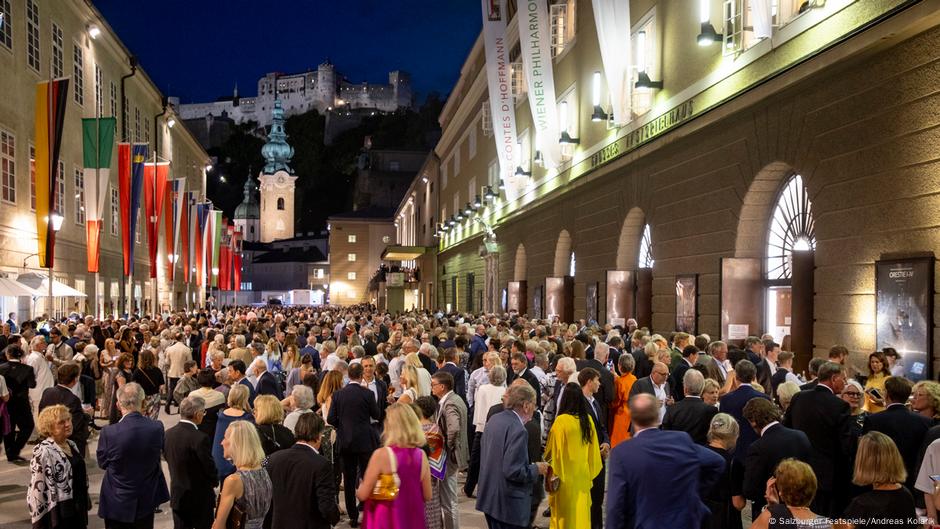Câteva zile de tulburări în orașul Torre Pacheco, lângă Murcia, au scos în evidență tensiunile crescânde legate de migrație în Spania.
Pensionarul Domingo Tomas Martinez, în vârstă de șaizeci și opt de ani, a declarat că a fost bătut de migranți pe 9 iulie. Motivul atacului nu a fost imediat clar. Acesta a fost însă urmat de mai multe nopți de revolte și proteste violente. Grupurile de extremă dreapta au postat mesaje xenofobe pe rețelele de socializare, cerând oamenilor să „vâneze” migranții. Acest lucru a escaladat și mai mult tensiunile.
Torre Pacheco este un oraș de coastă spaniol cu aproape 40.000 de locuitori, iar o treime din populația sa este formată din migranți, conform datelor administrației locale. Poliția susține că, până acum, pacea a fost în mare parte restabilită în oraș după atac. Dar acesta este un alt exemplu despre cum dezinformarea poate aprinde emoții.
Videoclipul scos din context pune paie pe foc
Afirmație:Această postare X cu videoclipul, din 10 iulie, afirmă: „A fost scurs un videoclip despre un atac brutal asupra unui bărbat în vârstă de către nord-africani în Torre-Pacheco, Murcia.”
Postarea provine de la un utilizator cu o bifă aurie pe contul său X, indicând faptul că respectivul cont aparține unei organizații oficiale prin intermediul unor organizații verificate. Și alte conturi au distribuit videoclipul susținând că acesta arată atacul asupra lui Martinez.
Verificare DW: Fals
Acest videoclip a circulat pe scară largă pe rețelele de socializare, dar nu a arătat incidentul din Torre Pacheco.Imagine: X
Videoclipul nu este de la Torre Pacheco. Este legat de un incident care a avut loc acum aproape două luni și a fost filmat în orașul Almeria, la peste 200 de kilometri distanță.
Persoana care apare în videoclip este Jose Moya. După ce videoclipul a devenit viral în iulie, Moya a postat declarația sa pe Instagram, clarificând că persoana care apare în videoclipul viral este, de fapt, el. Presa locală l-a intervievat după ce videoclipul viral a stârnit indignare pe rețelele de socializare împotriva migranților.
Moya a arătat, de asemenea, pe Instagram tricoul și pantalonii pe care le-a purtat în ziua atacului. Cerând dreptate, el a spus: „Cel din videoclip sunt eu. Îmi este greu să fac acest videoclip pentru că sunt foarte nervos. Dar ei devin confuzi. Și ceea ce vreau să spun este că cer dreptate pentru tot ce mi-au făcut mie și bătrânului. Bătrânul este un bărbat din Murcia, iar eu sunt din Almeria. Eu am fost cel care a fost bătut.”
El a explicat că două persoane l-au atacat în timp ce mai erau prezente. El a spus că i-au cerut tutun, iar când a răspuns că nu are, „S-au luat la bătaie cu mine (…). Mi-au tăiat capul, mi-au rupt trei coaste și m-au lăsat acolo inconștient.” El a susținut că atacatorii erau spanioli, nu migranți.
Martinez confirmă că bărbatul din videoclip nu este el
DW Fact Check a putut confirma că scena din videoclip a fost filmată în Almeria, așa cum a susținut Jose Moya în postarea sa de pe Instagram. De asemenea, a arătat o fotografie a locației făcută după incident, care este inclusă în declarația sa video. Am geolocalizat-o lângă spitalul Centro Periferico de Especialidades (Bola Azul). Filmările se potrivesc cu detalii precum un rând de copaci, graffiti și alte suprafețe similare.
Domingo Tomas Martinez, bărbatul bătut în Torre Pacheco, a confirmat, de asemenea, că nu apare în videoclipul care a devenit viral. El a vorbit cu mai multe agenții media în urma incidentului, unde a apărut cu ochii roșii și alte urme de agresiune.
Geolocalizarea orașului Almeria, unde a avut loc incidentul în mai 2025Imagine: Google 2025
Alte afirmații false care se răspândesc online
Postări similare înșelătoare au apărut în urma cazului din Murcia, multe vizând migranți și musulmani. Iată două exemple:
Afirmație: Această postare despre X susține că poliția locală din Torre Pacheco a fost atacată de migranți și că Garda Civilă nu a intervenit: „Poliția locală din Torre Pacheco, copleșită de mulțimea de oameni cu părul în formă de broccoli.”
Acest videoclip nu arată migranți atacând poliția în Torre PachecoImagine: X
Verificare DW: Fals
Acest incident a avut loc în Torrevieja, la aproximativ 40 de kilometri de Torre Pacheco. Mai multe agenții media locale au relatat că ofițerii de poliție au fost atacați acolo de mai multe persoane de origine migrantă. DW a verificat și a identificat locația videoclipului.
Afirmație: O altă postare susținea că a fost organizat un „protest al șuncii” ca răspuns la incidentul de la Torre Pacheco. Legenda spune: „Torre Pacheco se trezește devreme. Locuitorii se organizează pentru contraatacul final”.
Verificare DW: Fals
Acest videoclip nu are nicio legătură cu Torre Pacheco. Imagine: X
Acest videoclip nu are legătură. A fost postat pentru prima dată în noiembrie 2024 pe X de către un utilizator care spunea că este o încercare de a stabili un record mondial pentru cea mai mare farfurie cu șuncă. Videoclipul a fost filmat în Huelva și a fost vizionat de peste 2,4 milioane de ori de atunci.
De ce este important
Dezinformarea nu este doar o greșeală inofensivă: poate declanșa violență, poate alimenta ura și pune vieți în pericol, așa cum se vede în Torre Pacheco: Afirmațiile false de pe rețelele de socializare au dus la escaladări suplimentare și diviziuni profunde în comunitate.
Înainte de a distribui o postare, întrerupeți și verificați faptele. Un singur videoclip înșelător poate declanșa haos în lumea reală. Verificați sursele, consultați verificările faptelor și gândiți critic. Oprirea răspândirii dezinformării începe cu fiecare dintre noi.
(Thomas Sparrow a contribuit la acest articol)
Verificare a faptelor: Dezinformarea împotriva musulmanilor este în creștere
Pentru a viziona acest videoclip, vă rugăm să activați JavaScript și să luați în considerare actualizarea la un browser web care acceptă videoclipuri HTML5
Sursa: DW









